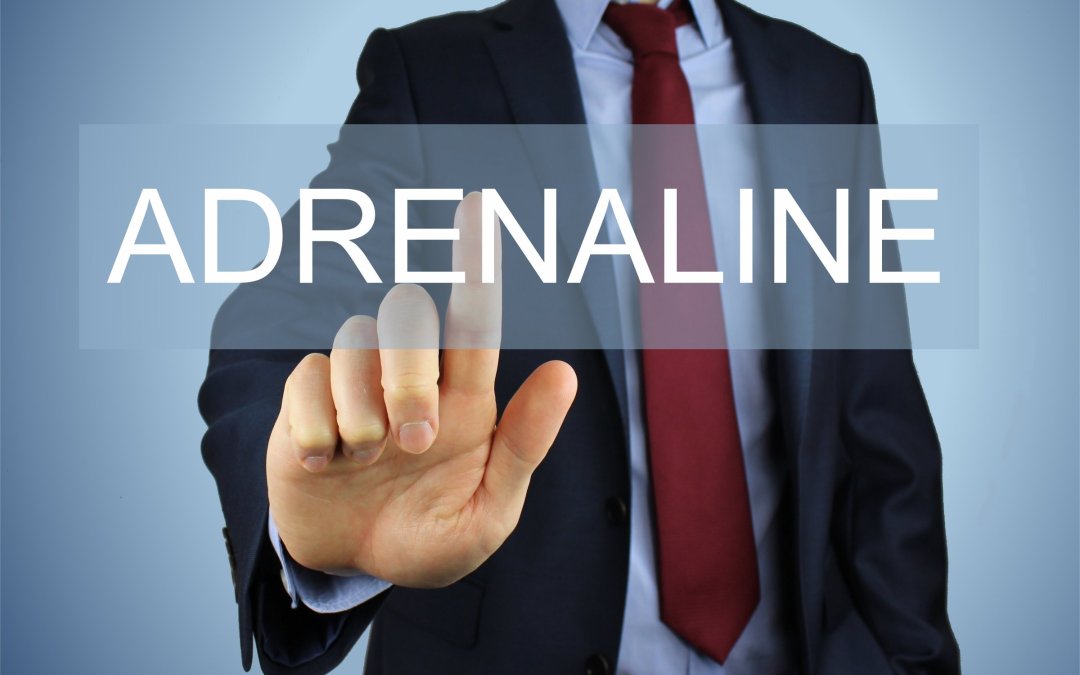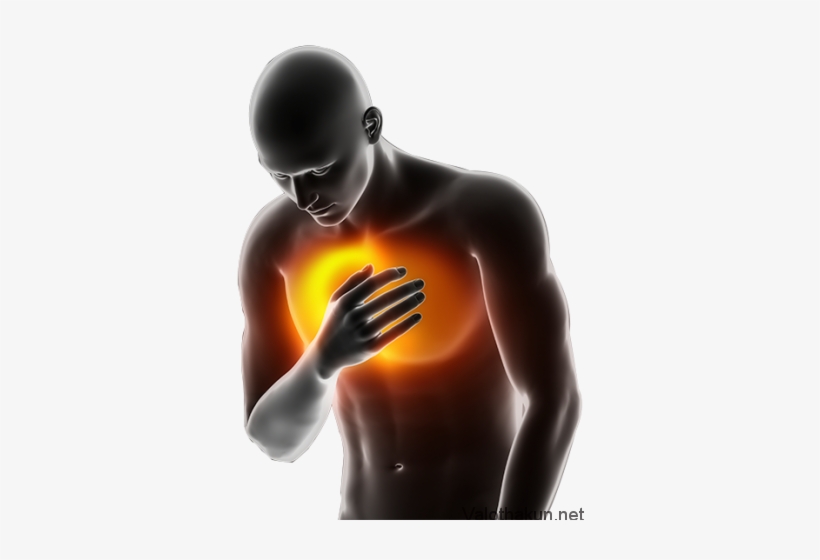If you’re a parent or grandparent you’ve probably wondered what the rules are regarding the appropriate use of discipline with grandchildren. Should you, or shouldn’t you? What about those uncomfortable times when children misbehave in front of you and the parents? What if you disagree on their approach? Rather, are you afraid to be a bad guy or do you spoil them? This blog will describe parenting styles that work best and provide insight into some of these questions.
Today nearly 7 million grandparents live with at least one grandchild <18. Of those 2.3 million are raising the grandchild. Many others are helping on a regular basis. Whether you’re a parent or grandparent it’s important to know which parenting style is the most effective.
In 1966 psychologist Diane Baumrind identified 3 different parenting styles: Authoritarian, Permissive and Authoritative. Later Neglectful Parenting was added. A plethora of research has been conducted over the years to identify which approach has been the most successful.
Neglectful Parenting
This style is the unhealthiest. The child is neglected in physical, emotional and a myriad of other ways. No standards or rules are imposed. The most damaging to the child is the lack of warmth, kindness and love.
Authoritarian Parenting
This parent provides a bit more warmth but lacks the amount needed by the child. Mom or Dad demand blind obedience and use harsh punishments and threats to gain the desired behavior. While this style may appear to be affective, the child grows up resenting the parents and distances him or herself from the family.
Permissive Parenting
This parent provides an abundance of warmth but is reluctant to set rules and boundaries. The children are allowed to regulate themselves.
Authoritative Parenting
Research has shown that this style is the best for raising healthy, resilient loving children who will be successful in life. The parents are warm, share positive feedback for good behavior and set limits. Parents explain and reason with their children but do apply consequences for poor behavior choices. Bad behavior is not tolerated.
Authoritative Parents May Say:
- I take my child’s wishes and feelings into consideration before I ask her to do something.
- I encourage my child to talk about his feelings.
- I try to help when my child is scared or upset.
- I provide my child with reasons for the expectations I have for her.
- I respect my child’s opinion and encourage him or her to express them…even if they are different from my own.
Less Authoritative Parents May Say:
I ignore my child’s misbehavior.
I bribe my child to get him to comply with my wishes.
I explode in anger toward my child.
I punish my child by withdrawing affection.
I don’t know about you, but many of us have probably found ourselves on both lists at one time or another. We’re human. Bad behavior and temper tantrums can be exhausting! What’s important is not that we don’t make mistakes but that we learn from them.
As a grandmother I’d love to go back and do things differently for my own children. I have that chance now with my grandchildren. I’m not responsible for them 24 hours a day and can enjoy the time I’m with them. My gift of time gives Mom and Dad a much-needed break. I’ve learned that playing with children makes up for a lot of mistakes. I’ve also learned to frequently ask Mom or Dad permission when to provide snacks, TV time or discipline ideas as needed. We’re a team and they’re the boss. I’m updating my childhood strategies skills again and found the following resources extremely helpful:
The New Strong-Willed Child (2017) by Dr. James Dobson
I read this book twice when I was a young mother and again as a grandmother. While I don’t agree with all his approaches I’ve found his writing style, wisdom and storytelling timely and helpful. Child psychologist Dobson helps describe the thinking and behavior behind a strong-willed child. I firmly believe God gives each of us at least one to keep us humble. Our firstborn was so easy I couldn’t understand the big deal about raising children until our #2 barnburner came along. He was into everything and required so much more regulating. Dobson helped me understand to say what you mean and mean what you say and follow bad behavior with immediate consequences. Our little barnburner grew up into a very loving father, husband, finance guru and head elder for his church.
The Whole Brain-Child: 12 Revolutionary Steps to Nurture your Child’s Developing Mind (2012) by Daniel Siegel and Tina Bryson
My younger daughter and son-in-law recommended this book. They had 4 children in 6 years and were looking for helpful parenting tips in a very busy household. I loved how it helped me understand the impulse control issues of children. Siegel and Bryson’s techniques taught me how to help our strong-willed 10-year-old granddaughter stop and take a pause before she acts inappropriately.
Sophie…I know that you’re frustrated that you can’t watch TV right now. It’s important to get your math homework done to take back to school tomorrow. Do you think that you could get your math done first and then watch TV?
First, I’m acknowledging her emotion and that I hear her. Secondly, the mini timeout gives her a moment to let her emotions catch up with the cognitive thinking parts of her brain. If she reacts emotionally, she’ll get into trouble but if she takes a breath, she’ll have a moment to figure out a more positive coping response to a frustrating situation…a win for both of us.
If this technique doesn’t work…then I would use the Super Nanny technique (described below). We don’t always get it right, but it’s helped us many times to avoid an escalation in troubling behavior. Taking a pause when confronted with frustrating situations is good advice for us all.
The Gift of Failure: How the Best Parents Learn to Let Go So their Children Can Succeed, (2016) by Jessica Lahey
My children also recommended this book. It was written by a teacher with years of experience with children. Lahey describes the students who succeed and those who struggle and the parenting approaches that were most effective. How many times do we bail our children out of situations they’ve created because we don’t want them to fail? She argues that consequences teach responsibility. Life will be hard for children who don’t learn to overcome failure. A boss won’t bail them out when they forget to complete a task so why do we?
Super Nanny TV Series
This show was truly a delightful surprise. Our children were in college when this show ran. My son and his wife watched this program before they had their family. To this day, they can’t explain why. However, they learned incredible parenting skills. They potty trained their little ones in a few days, run a tight ship, are truly fun and have 3 little ones that absolutely adore them. They credit it to God and Super Nanny. From my perspective, they’re best kept secret is that they are as tough as they are fun. I watched one episode, and I was hooked. It’s such commonsense parenting. I loved it!
Best Tip of the Day from Super Nanny (Season 7, Episode 4)
With Mom’s permission, we worked with our grandchildren (3, 8 and 10) that we watch 3 days a week. Following Super Nanny’s advice from this episode, we had them make a list of bad behaviors. They wrote each one on a paper plate and hung them from some thread or ribbon.
We discussed the consequence for each misbehavior. The more serious bad behavior, the stronger the consequence. However, timeouts work for the minor infractions, even for the 10-year-old. I really loved the Nanny’s verbal techniques when intervening in a challenging situation. She said, You must use a non-conversational firm voice in simple terms while giving the child a warning.
Sophie, look at me! If you continue to use that rude tone with me, you’ll go into time out for 10 minutes on the kitchen chair by yourself.
If the behavior continues,
Sophie, look at me…eyes on me…you have broken one of the rules. Go into timeout. If you continue to be rude the consequence will be greater. You’ll lose TV tomorrow.
I can’t tell you how many young parents I’ve seen use a super polite voice when a firmer one is required to differentiate that I mean business. Watch the episode when Nanny is working with Dad. It really does work and grabs the child’s attention. This technique has worked for us time and again.
A Word to Parents
If you grew up and became a wonderful successful adult, it didn’t happen by accident. Someone nurtured, guided, and disciplined you in a loving kind way or you got a lot of therapy to make up for their mistakes. If you’re struggling with a discipline problem, ask your parents for their thoughts. Chances are they see it too and have a wealth of insight that may help. Don’t wait for them to approach you with their concerns. Besides you don’t have to take their advice. Thank them and let them know you’ll think and pray about it. Forgive them for their parenting mistakes, you’ll be making them too. Apologize to your children when fatigue or daily stressors they don’t understand impact your discipline. Play with them…it makes up for a lot of our mistakes.
A Word to Grandparents
It’s so hard to keep quiet when a little one is acting out of control, and we see the writing on the wall if the behavior isn’t corrected. God bless the adult children who ask for our advice before we have to share our concerns. Our motivation is love.
However, remember, our adult children are living in dangerous times to be raising children. Most of us (Boomers) don’t have the foggiest clue about how the internet works and the perils today’s parents face. Pornography, game addictions, web bullying and all other atrocities are easily accessed over the internet with a cell phone or computer. So many children spend too much time on technology, robbing their social skills. We must trust and pray they’ll get the wisdom they need to deal with the harm from all of it.
Further, children in the past who struggled emotionally in junior high often suffered from an eating disorder, now those same children question their gender. Time will tell if gender identity therapies have helped or permanently harmed. Further, parental rights are being eroded. We must have empathy for today’s parents dealing with issues we never faced. Be patient, polite and approach them with an Oreo. For every negative comment (which I hope are few) sandwich it between 2 positive ones. The medicine will be taken more easily.
For those of us blessed to live close to our grandchildren and be in their lives on a regular basis, we must be a team, and they’re the coach. Our goals are to raise little people to do battle with all of the hurts, struggles and demons that they will face in adulthood. Let’s remember to honor one another. And where there is love, there is forgiveness for our mistakes.
A Final Word from Me.
Two of our children live in other states so we’re the visiting grandparents. We discipline if a problem arises, and especially if the parents aren’t around. We’re much more fun with them. However, we help our single daughter three days a week. We work together to develop strategies that are best for all 3 young children. Mom is exhausted when we arrive after battling parenting alone.
We pick up the house, prepare meals, help with baths, homework and play with them. It’s hard work but an act of love. She thanks us for our time with a tax-free financial gift which is so appreciated on a fixed income. Recently, I heard a young man brag how his mother-in-law babysits for them several days of the week, so they don’t have to pay childcare. I wondered if he remembered her in a special way at Christmas or other holidays or just took her for granted.
Finally, my mother-in-law was a brilliant student who gave up college to devote her life to care for her family. She taught me how to be a good wife and mother. Just before I left to care for our first grandchild she said, the best thing you can do is…keep your mouth shut and just wash the dishes. Sage advice indeed. Discipline is a challenge for all of us but a very important aspect of love. God bless you in this chapter of your lives for adult children and grandchildren are a gift from God…every single one of them.
No discipline seems pleasant at the time, but painful. Later on, however, it produces a harvest of righteousness and peace for those who have been trained by it (Hebrews 12:11).
If you’d like to read my other blogs you may visit my website for more information (jenniejohnsonrn.com). Author of Helping the Hurting: Nursing Ministry in the Body of Christ (2022) and Wake Up Call 911: It’s Time to Reduce your Risk for a Heart Attack and Stroke (2015).
References:
“National Grandparents Day, September 10, 2023,” US Census, (September 10, 2023). https://www.census.gov/newsroom/stories/grandparents-day.html
“The Authoritative Parenting Style: An Evidenced Based Guide,” Parenting Science (April 7, 2023). https://parentingscience.com/authoritative-parenting-style/
I’m a Christian nurse who helps people navigate the murky waters of healthcare.
ã All rights reserved 2023, Jennie E. Johnson, RN-BC, PhD
Author of:
Wake Up Call 911: It’s Time to Reduce your Risk for a Heart Attack and Stroke (2015)
Helping the Hurting: Nursing Ministry in the Body of Christ (2022)
Paperback copies of both books for sale. Email me for details at: ask@jenniejohnsonrn.com.










Recent Comments